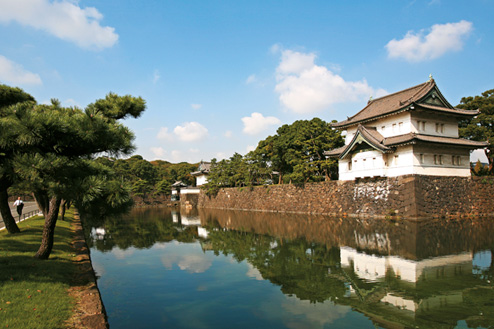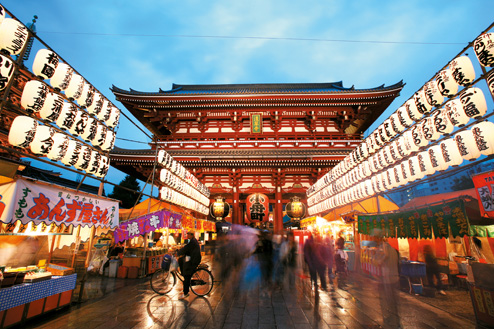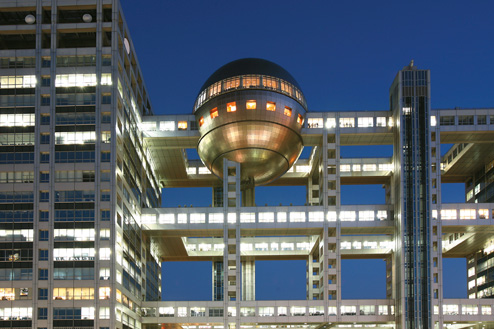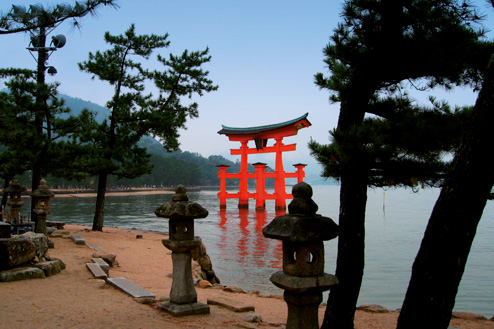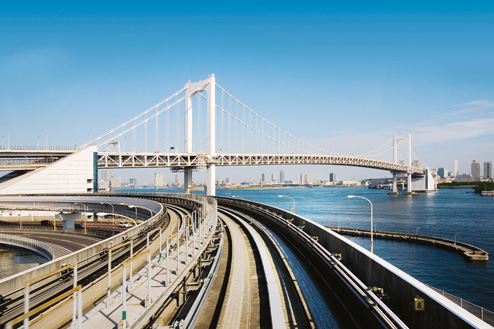Food & Drink
Japan has one of the world’s finest cuisines, but little of it is actually known outside the country. Sushi and sashimi are familiar to most, but delicacies such as okonomiyaki (a grilled pancake stacked with a mix of toppings).and nabe (a type of hotpot that you cook on the table) are not. Japanese food is also one of the world’s healthiest, a fact perhaps reflected in the long life expectancy of its people.
Pride of place in Japanese cuisine goes to rice, which the locals treat with the same discernment the Italians devote to pasta. For the foreigner, it suffices to say that Japanese rice is short-grained and very sticky, making it easy to eat with chopsticks. If the carbohydrate doesn’t come in the form of rice, it’s likely to be one of three types of noodle: soba (made from buckwheat), udon (made from wheat), or rāmen (originally from China, and also wheat based). Whatever you order, it will most likely come with a bowl of soup made from either a miso or soy base. If the main dish comes with meat it will likely be beef, pork or chicken, but not lamb, which is not native to Japan, and considered too smelly by many. And as the Japanese are the world’s biggest consumers of seafood, you’ll see plenty of fishy options. Some of this may be raw, although sashimi (raw fish on its own) is usually an appetiser, and sushi (raw fish on rice) a main, served only in specialist sushi restaurants. Other signature dishes include tempura (fish and vegetables deep-fried in batter), yakitori (grilled meat and veg on skewers), and various types of nabe (hotpot), usually cooked in a pan set in the centre of the table. The latter also includes shabu-shabu (a savoury version), and the well known sukiyaki (a sweeter version). Whatever you order, don’t expect any elaborate, heavy sauces. Japanese food is more about good quality ingredients, prepared with just the right amount of seasoning.
Pride of place in Japanese cuisine goes to rice, which the locals treat with the same discernment the Italians devote to pasta. For the foreigner, it suffices to say that Japanese rice is short-grained and very sticky, making it easy to eat with chopsticks. If the carbohydrate doesn’t come in the form of rice, it’s likely to be one of three types of noodle: soba (made from buckwheat), udon (made from wheat), or rāmen (originally from China, and also wheat based). Whatever you order, it will most likely come with a bowl of soup made from either a miso or soy base. If the main dish comes with meat it will likely be beef, pork or chicken, but not lamb, which is not native to Japan, and considered too smelly by many. And as the Japanese are the world’s biggest consumers of seafood, you’ll see plenty of fishy options. Some of this may be raw, although sashimi (raw fish on its own) is usually an appetiser, and sushi (raw fish on rice) a main, served only in specialist sushi restaurants. Other signature dishes include tempura (fish and vegetables deep-fried in batter), yakitori (grilled meat and veg on skewers), and various types of nabe (hotpot), usually cooked in a pan set in the centre of the table. The latter also includes shabu-shabu (a savoury version), and the well known sukiyaki (a sweeter version). Whatever you order, don’t expect any elaborate, heavy sauces. Japanese food is more about good quality ingredients, prepared with just the right amount of seasoning.

